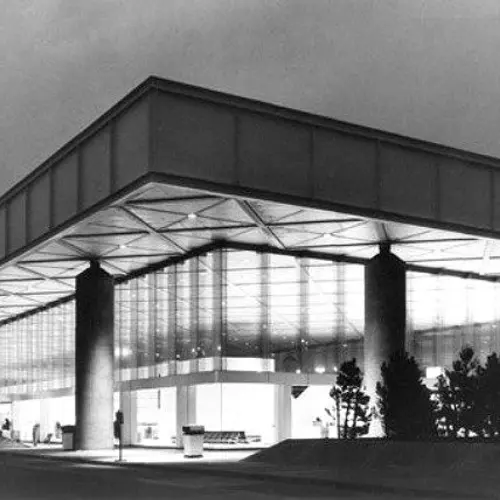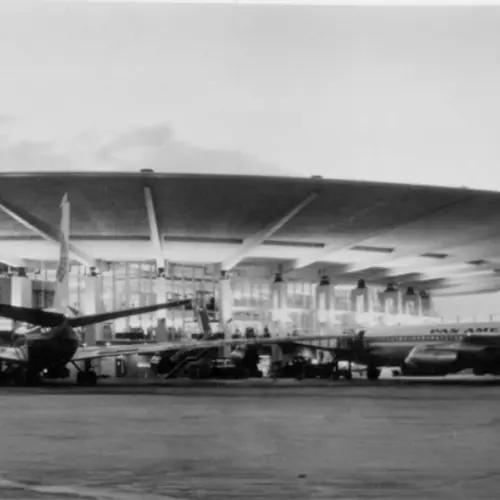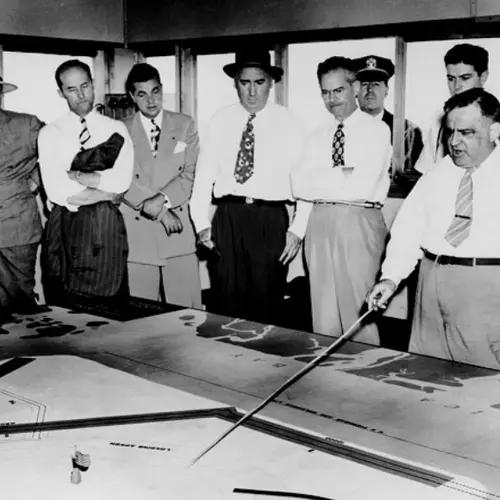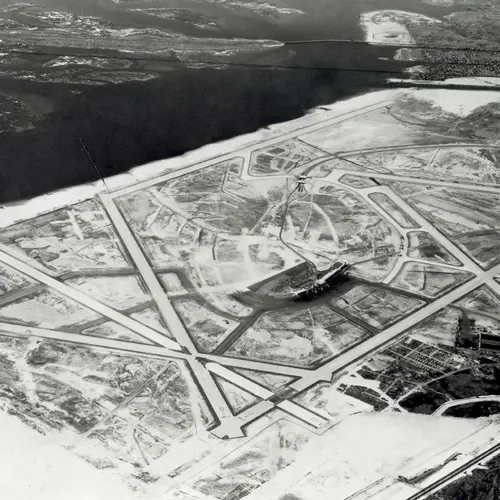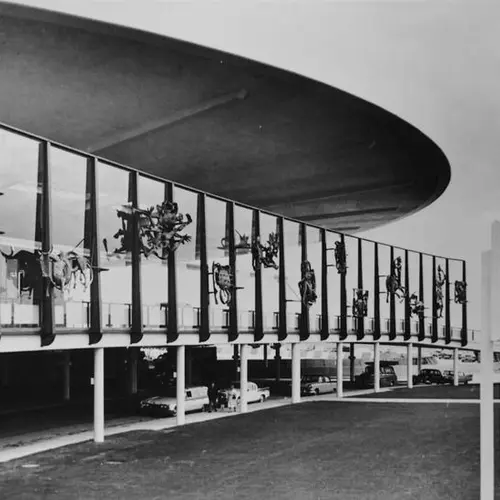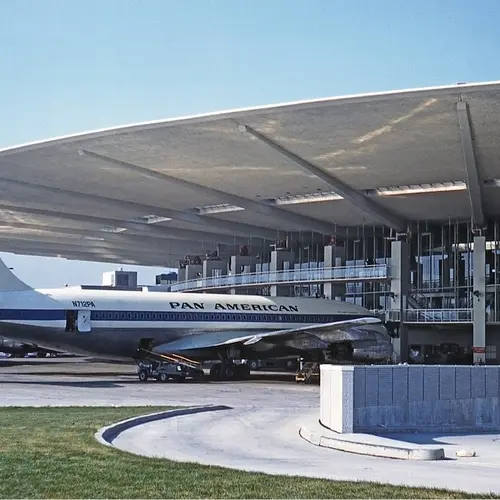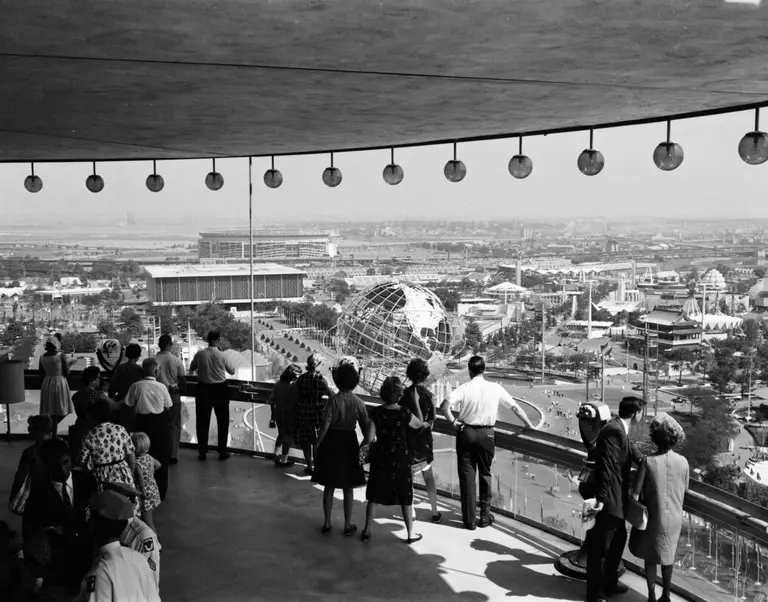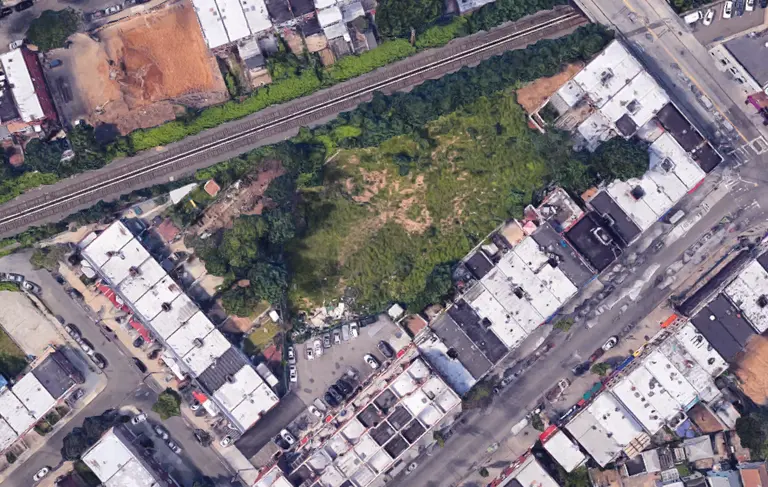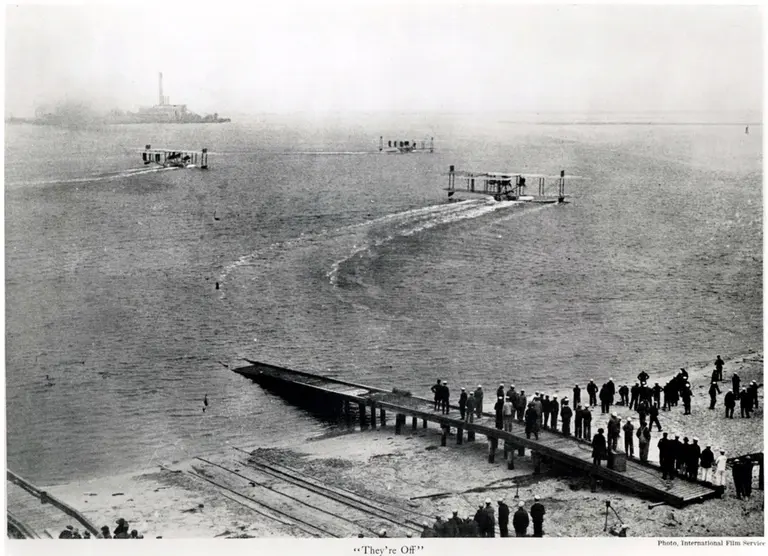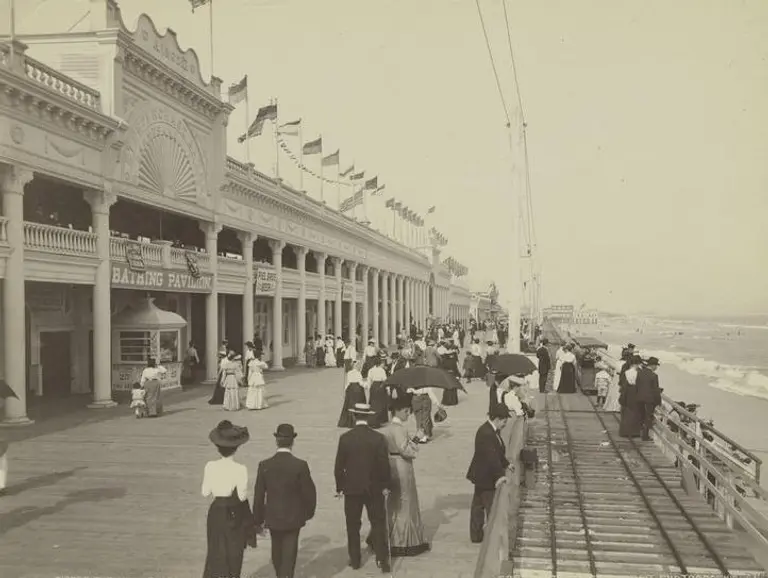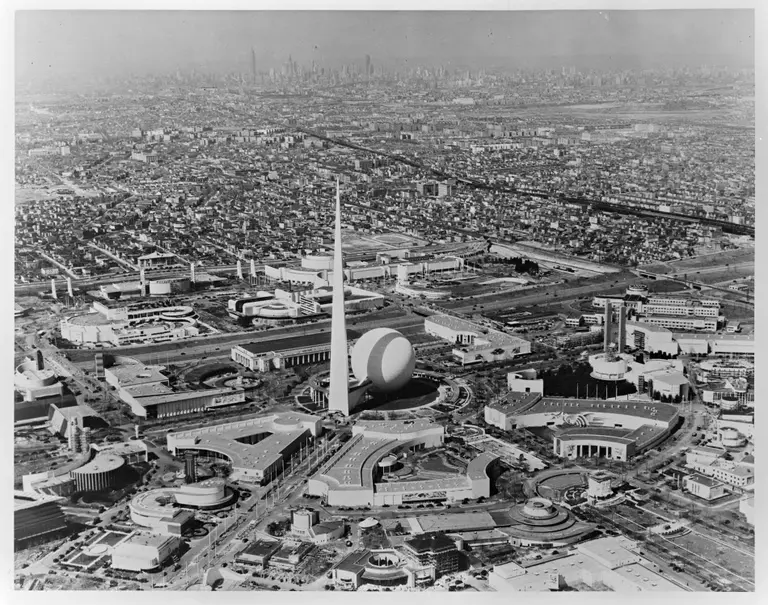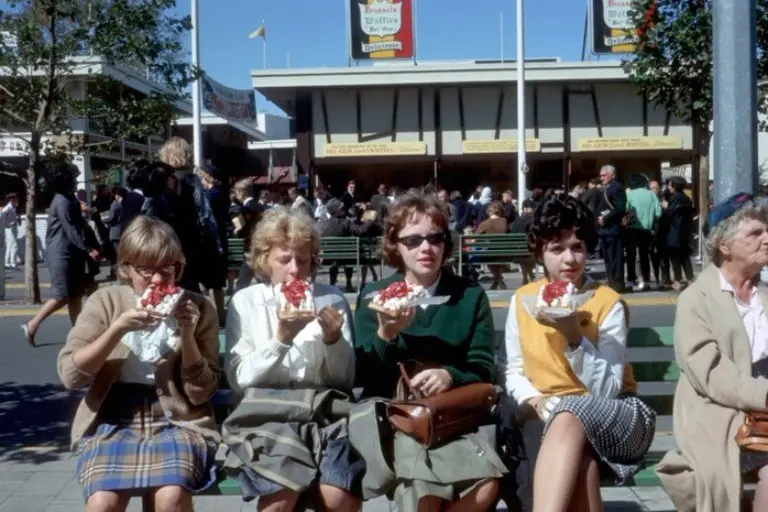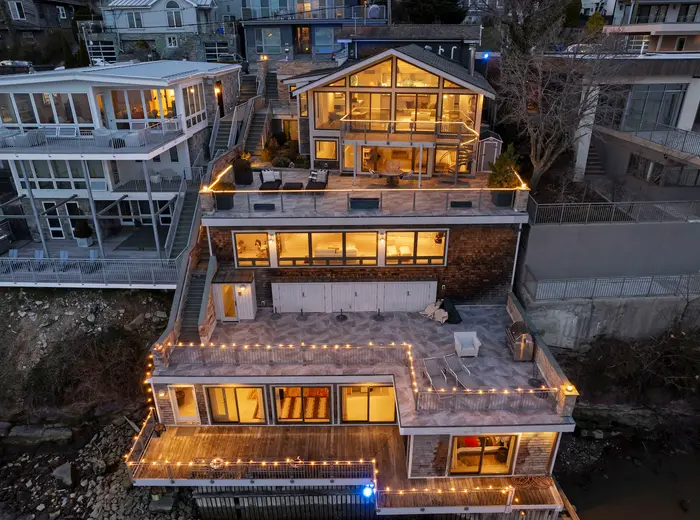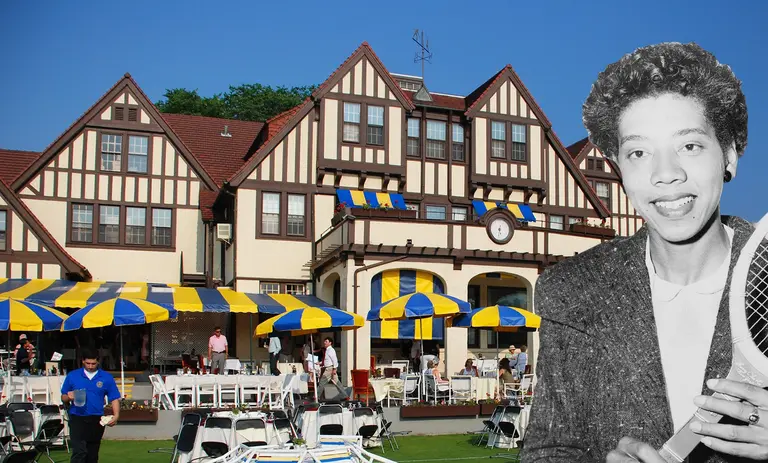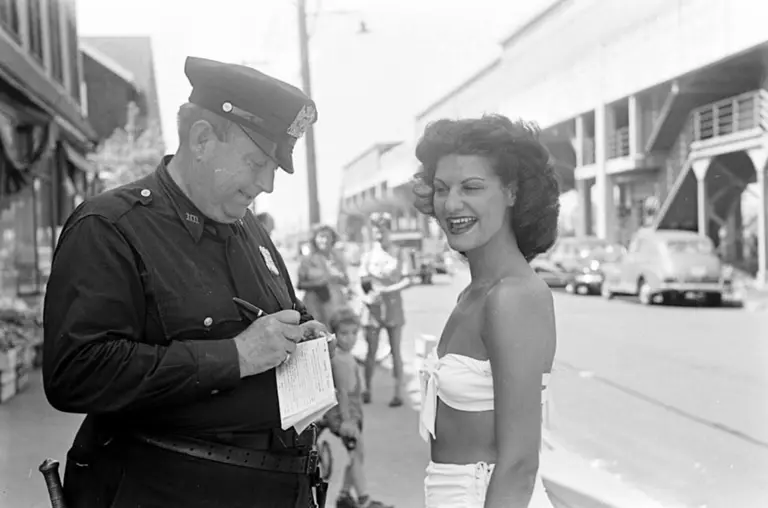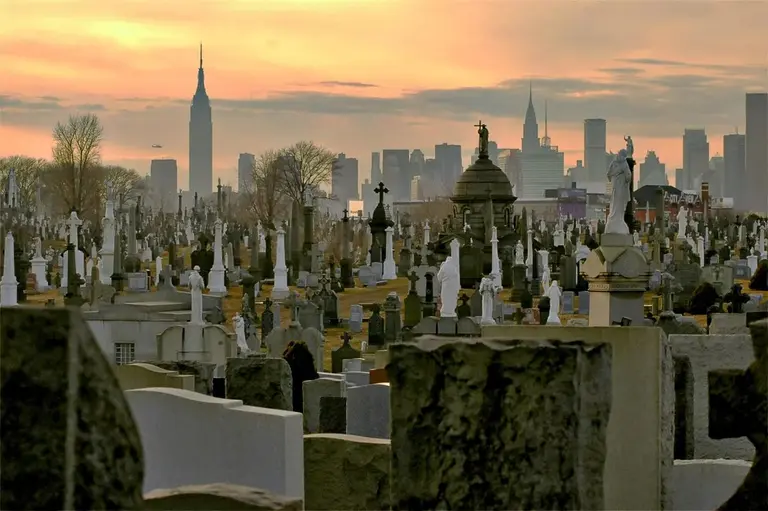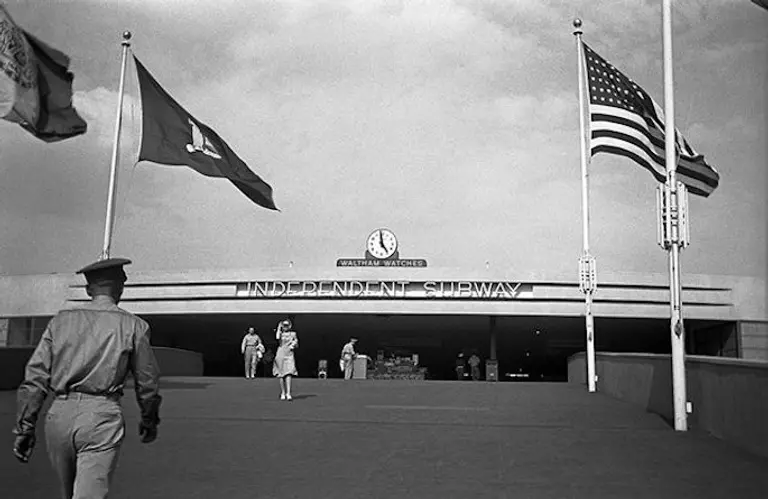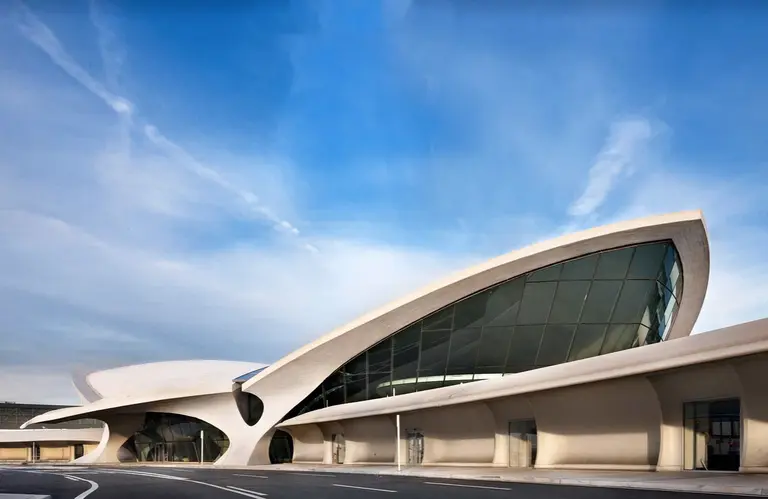Before JFK, there was Idlewild Airport
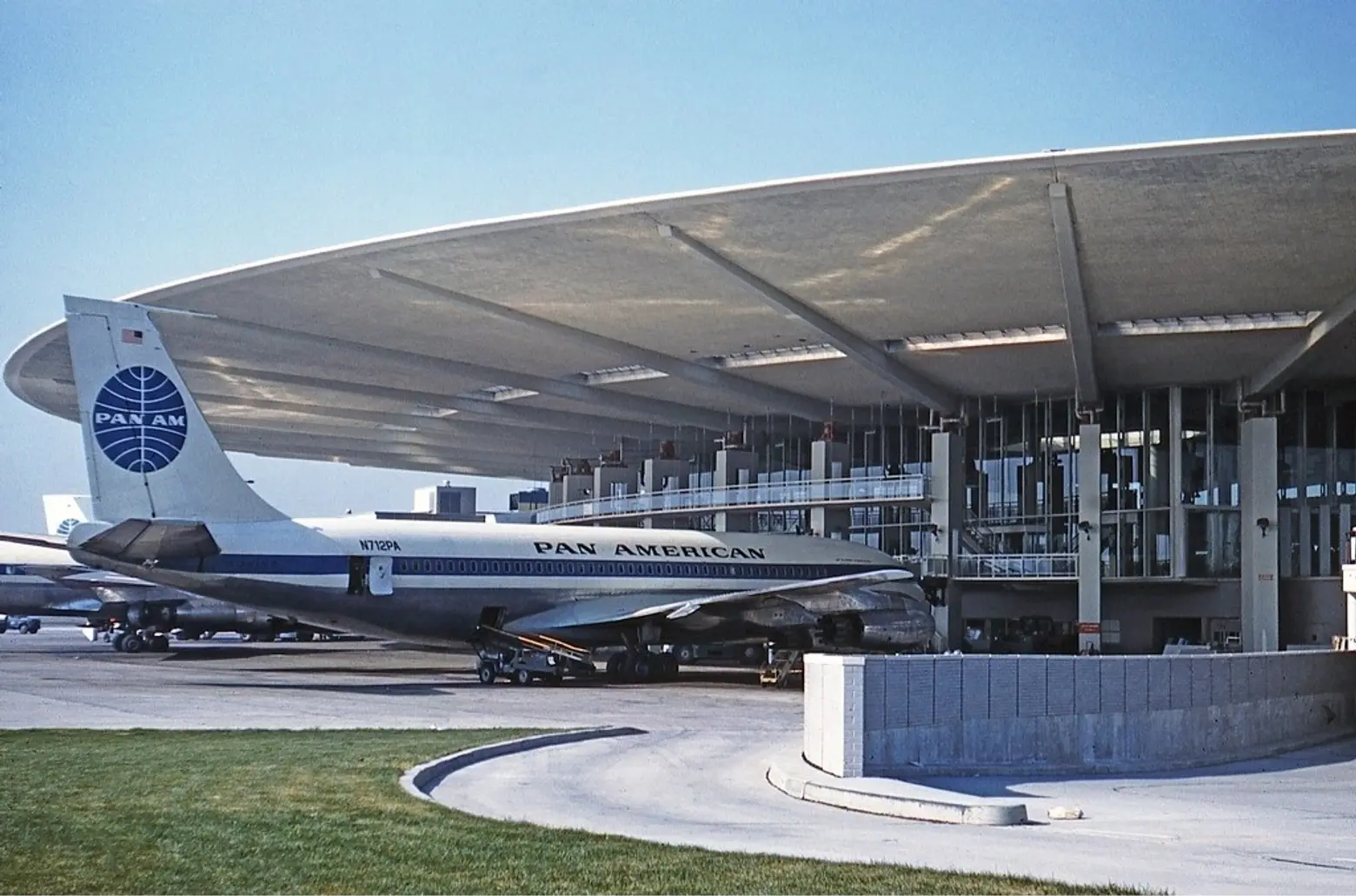
Pan Am Boeing 707-100 via Wikipedia
Changes are afoot at JFK International Airport; construction has already begun on the transformation of Eero Saarinen’s masterful TWA terminal, out of commission since TWA folded in 2001, into a 505-room first class hotel, and just a few months ago, Governor Cuomo announced a massive $10 billion overhaul of the whole airport, which will involve interconnecting the terminals, redesigning roads, and improving parking, amenities and security. When finished, the airport will bear little resemblance to what it once was, which has a much more interesting history than one might think. Ahead, 6sqft delves into how JFK changed from a playground for the rich to a major international airport, with some interesting debacles in between.
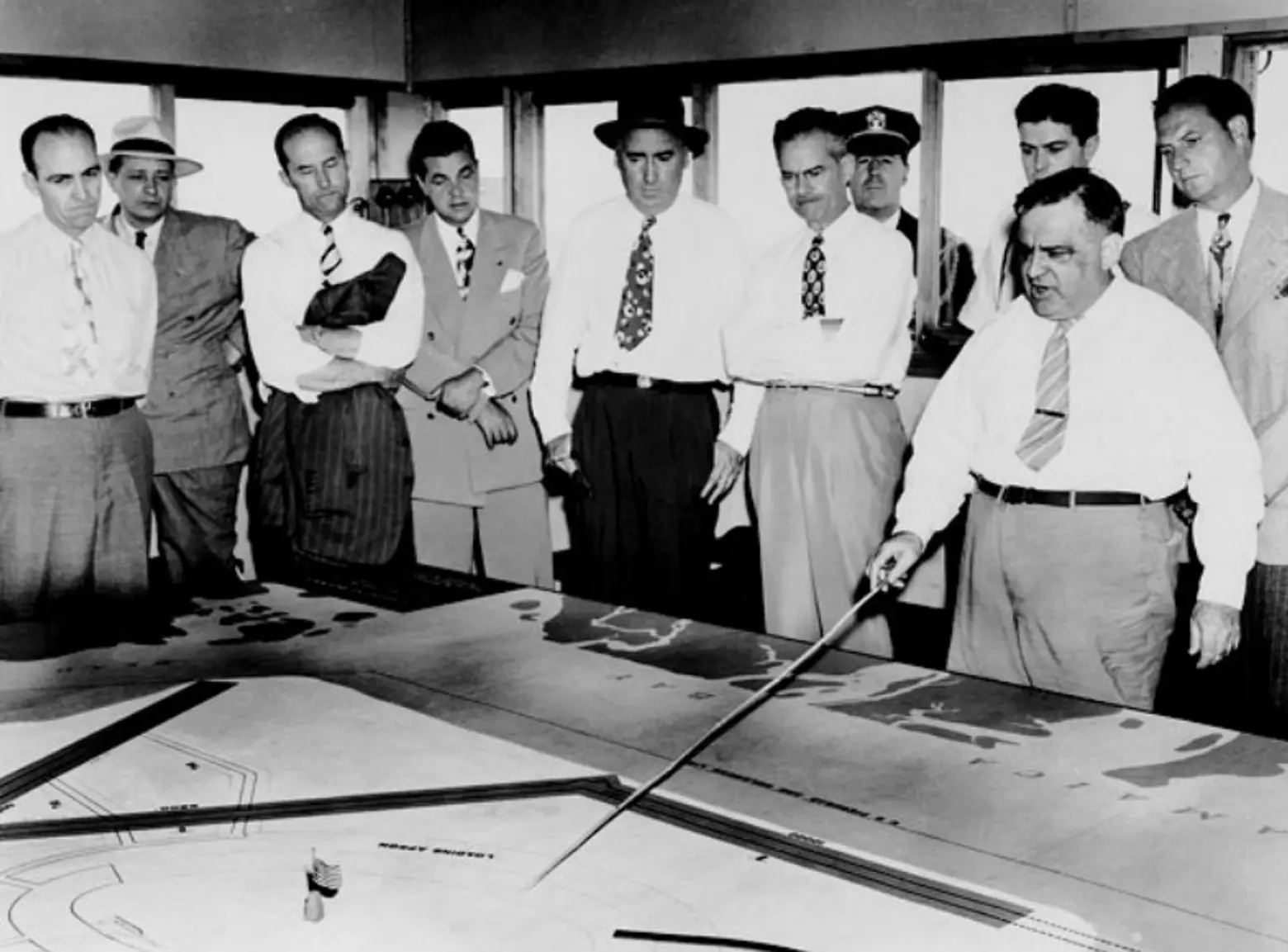
Mayor La Guardia going over plans for the new airport, via Port Authority of New York and New Jersey
As long ago as 1899, the New York Times noted that about 25 miles from Manhattan, there was a park with “a grove and the usual equipment of dancing pavilions, saloon, lunch house, playground, shooting gallery and pier.” It was known as Idlewild, a recreation spot for residents of Long Island and/or the wealthy, such as William Vanderbilt, who had summer houses in the area. But it wouldn’t be a recreation center for long—development was soon to follow.
In April 1900, 413 lots in Idlewild Park, including a part of the meadows on either side of a main road leading from Rockaway Road to Jamaica Bay, Queens, were purchased. Later, in November 1929, a parcel of 300 acres of meadow land on Jamaica Bay was assembled for the developer Nathan D. Shapiro, who called his company the Idlewild Beach Company. He planned a colony of year-round houses overlooking the bay with two golf courses behind them, one public and one private, all of which he expected to be finished by early July 1930. He was clearly puffed up about it—he was president of his own Idlewild Beach Golf Club, where golf tournaments of increasing importance were played for a decade or more.
As World War II got underway in 1941, Mayor Fiorello La Guardia said that New York was not adequately equipped with airfields either for the war or after the war. There were La Guardia airport, named for him, that had been in operation only two years, and Floyd Bennett Field, but the latter had been taken over by the Navy, which was using it more than expected, exposing the need for a civilian airport. In a press conference, La Guardia said the federal government was “very anxious” to get on with construction at a third airport facility in the New York area, and that after looking around, Idlewild looked like “the most favorable both as to location and layout.”
Thus it began. By the end of December 1941, title to the property had been conveyed to the city. The City Council had allocated $750,000 for payment to the 200 or so property owners on the land, all of whom had been notified to leave. “The work of clearing the property,” said the presiding justice in the case, “will be done by Park Commissioner [Robert] Moses. He will be in there with shovels and excavators, and you know he does things fast. You will have from two to four weeks to move.” (Just what you might think from Moses.)
The federal government had offered to pay $875,000 for landfill and runway construction. The whole thing was expected to cost $10 million, but by the end of 1945, it was already called a $200 million airport, and money continued to be spent on it. Traffic skyrocketed as well—the Civil Aeronautics Board forecast 600,000 travelers per year, and in 1973, a reported 35 million were expected within the decade. (To bring these figures up to date, 60 million passengers passed through its portals in 2016, according to Cuomo’s office.)
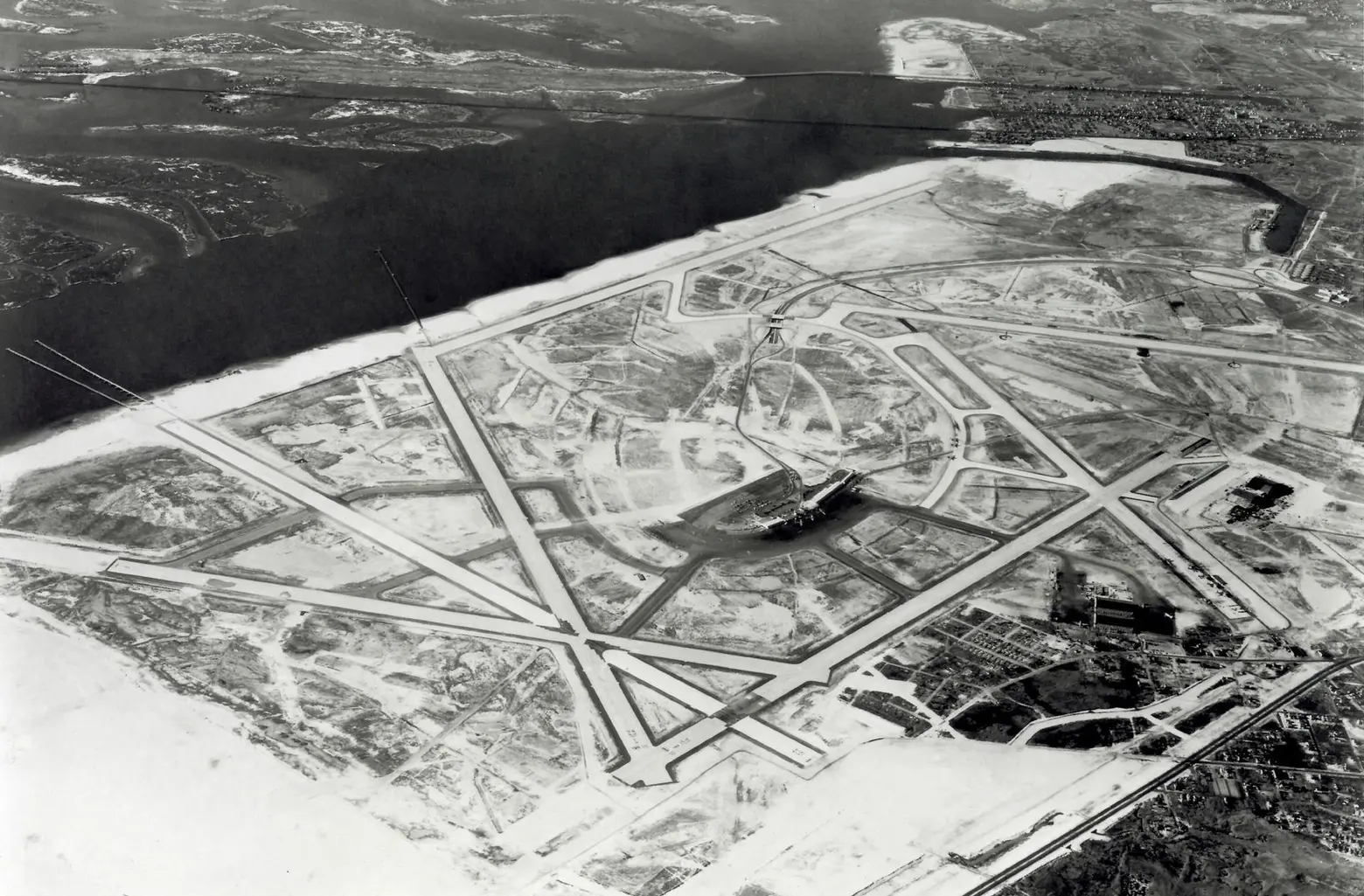
An aerial view of the airport in 1947
Construction began in 1942. Plans called for the airport to be turned over to the armed forces when it was finished and after the war to be used for air freight, air express and long-distance planes—no mention of commercial passenger flights. The mayor said it would be the largest and best-equipped airport in the world and blithely predicted: “weekends abroad by plane.” By August 1945, twelve airlines had signed leases, expecting the airport to open for preliminary operation in September.
At the end of November a revised schedule named December 1945, as an opening date, but there were financing snags, union disputes, arguments over rents charged airlines, problems with access roads on Long Island and more. By August 1946, the airport was still unfinished. The mayor asked the Board of Estimate to consider how far to go with Idlewild development, estimating that $50 million more would be needed and another $20 million for hangars. The opening date was postponed until spring, then summer.
The United Telephone Organization was in dispute with the International Brotherhood of Electrical Workers over which organization was to do the work. It went on for two years. Finally, in August 1947, William O’Dwyer, who succeeded LaGuardia as mayor in 1945, said the telephone cables had to be laid with or without the unions. In response, all officers of both unions were said to be “out of town.” The Taft-Harley Law was invoked compelling the unions to share the work and it was finally settled in January 1948.
Finally, on July 1, 1948, it opened. There was no ceremony that day, but at the end of July the “official” opening of Idlewild was celebrated with a flyover of the greatest number of bombers, jet fighters and other military aircraft ever assembled in peacetime—all set to rendezvous over the airport in the afternoon. It was accompanied by $10 million of military exhibits on the ground and highlighted by the appearance and speeches of both President Harry S. Truman and Governor Thomas Dewey, rivals who appeared on the dais for the first time together.

Pan Am Terminal Worldport in 1961, demolished in 2013
From a design point of view, this airport was precedent-setting. Airlines were encouraged to build their own terminals, which resulted in some of the most distinctive architecture ever seen—the saucers atop the terminal for Northwest, Northeast and Braniff, lifting off for a space odyssey. Or the flying saucer above the Pan Am terminal.
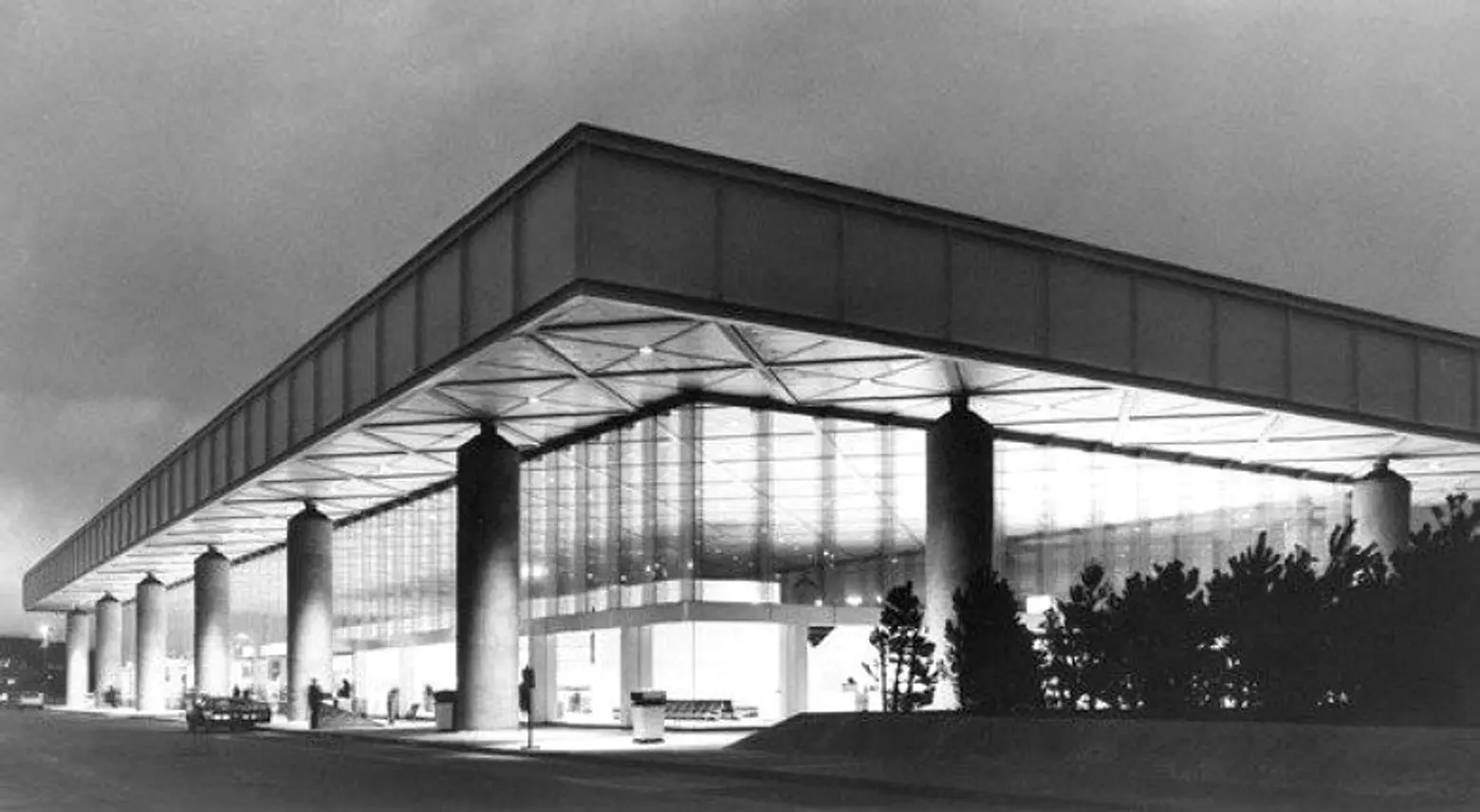
I.M. Pei’s Terminal 6
Then there was the National Airlines Sundrome by I.M. Pei, also known as Terminal 6 and used as well by Jet Blue. It featured an all-glass facade and a clear-span interior achieved by glass mullions with glass walls suspended from them. Built in 1970, it was one of the first such designs in the U.S.
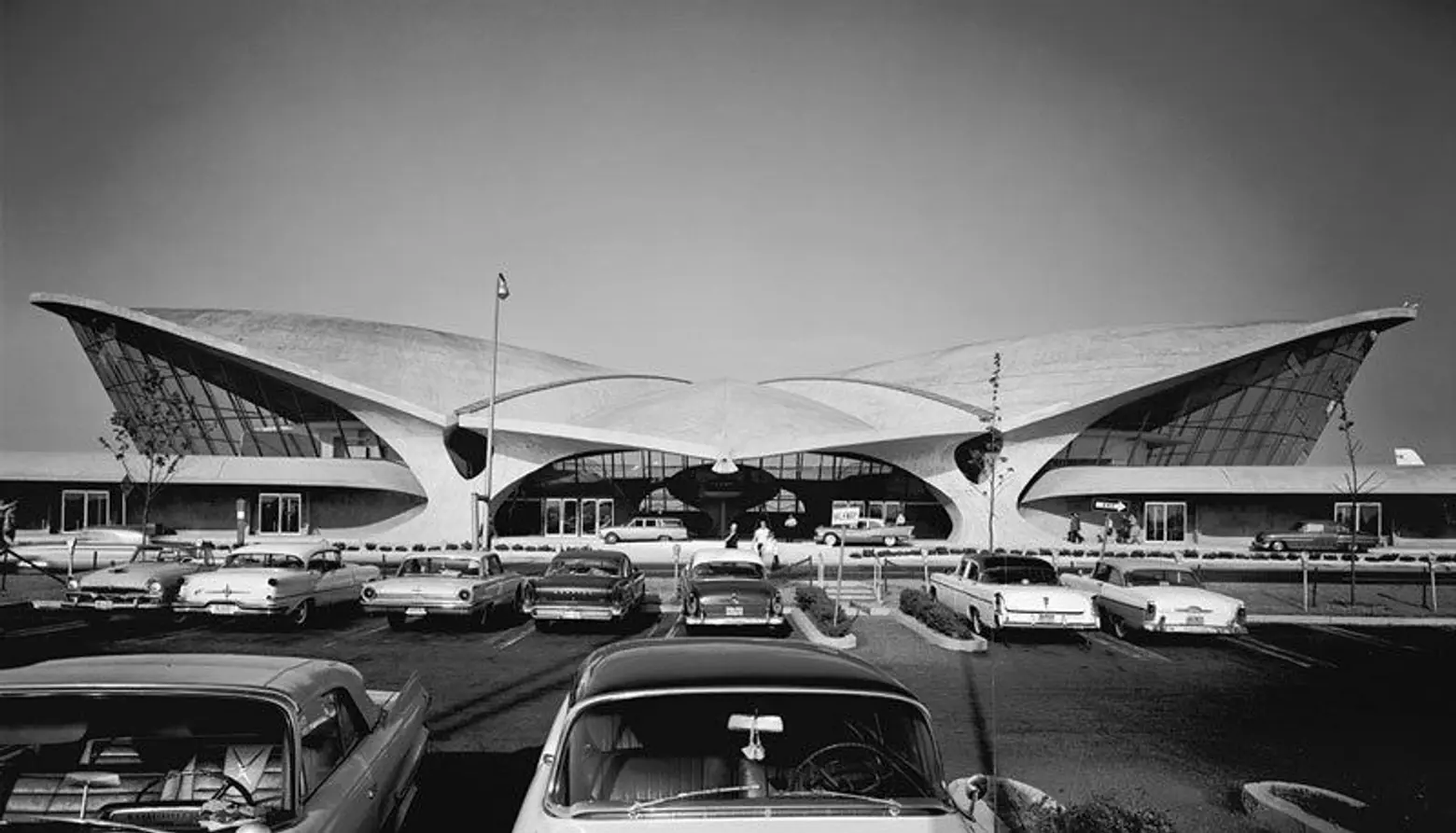 TWA Terminal in 1962, photo by Ezra Stoller
TWA Terminal in 1962, photo by Ezra Stoller
And of course, the TWA terminal, with its distinctive wing-shaped roof. This is the building now being transformed into a hotel, but in its life as an airline terminal, it boasted features now common everywhere—closed circuit television, a central public address system, baggage carousels, fancy clubs and lounges, and electronic arrivals and departures boards.
Other innovations at Idlewild separated the main terminal from arrival and departure gates—space behind for arrivals, departures in front–now this arrangement is everywhere.
The neighbors found the whole airport thing pretty exciting. In the 1950s, it’s said that young couples from Ozone Park, Queens, used to dress up and go to the airport, sit in the bar and watch planes take off and land. (The new TWA Hotel, as it will be called, will have a 10,000-square-foot observation deck allowing visitors to do exactly the same thing all these years later.)
From the start, there were arguments over what to call the airport. In 1941, a resolution had been put before the City Council to call it the Colin Kelly Airport after an Air Force captain of World War II, but nothing came of it. Two years later, Mayor LaGuardia declared it “Idlewild,” but the City Council said he couldn’t unilaterally name it and voted to call it the Major General Alexander E. Anderson Airport, after a World War I and II hero. In 1947, the Port of New York Authority (renaming itself in July 1972 as the Port Authority of New York and New Jersey) signed a 50-year lease to operate and develop the airport, promising a portion of a $200 million general airport investment by the end of its 50-year lease when ownership would revert to the city. One of the rights of Port Authority ownership apparently included that of naming, and so the airport became the “New York International Airport at Idlewild.”
But the Civil Aeronautics Board didn’t like it. “New York Airport” and “Newark Airport” were too similar in sound, and radioed directions could easily be confused, the CAB said, especially because the two airports were near each other. Nevertheless, the long name continued to be the official one. But most people called it “Idlewild,” so this became official and remained until December 1963, a month after the assassination of President John F. Kennedy. On December 4, two weeks after that event and after consulting with the Kennedy family, Mayor Robert Wagner said he would change the formal name of the New York International Airport at Idlewild to John F. Kennedy International Airport. Six days later the City Council voted unanimously to change the name, the first time in memory that a local law had been sponsored by the entire council.
Idlewild Park still exists. According to the New York City Department of Parks, it covers about 169 acres lying on the other side of Rockaway Boulevard toward the west and consists largely of primeval sandy grasslands, dunes and a salt marsh. The part that is not houses a garage facility for the Department of Transportation’s more than 100 vehicles—a far cry from the 19th century playground for the rich it once was.
+++
RELATED:
